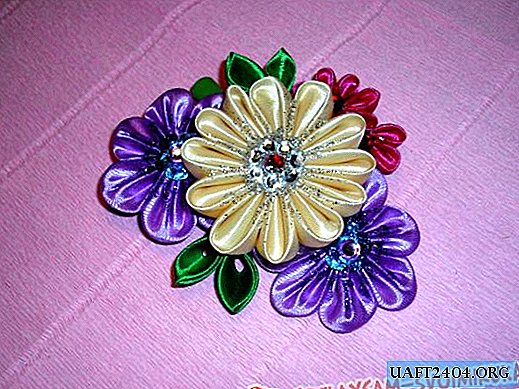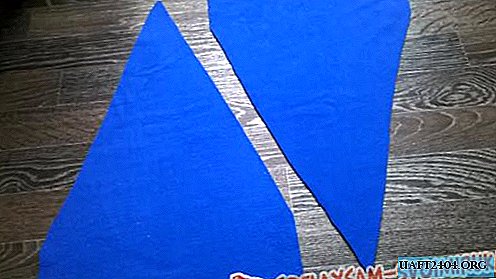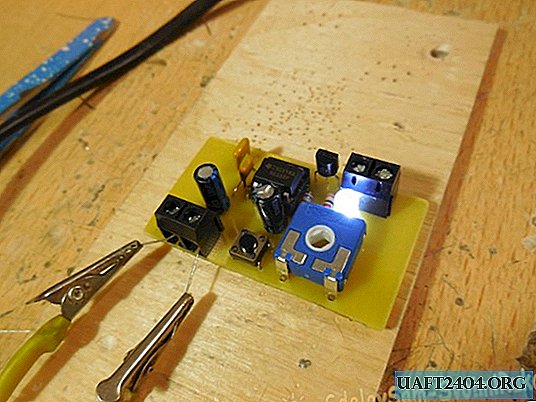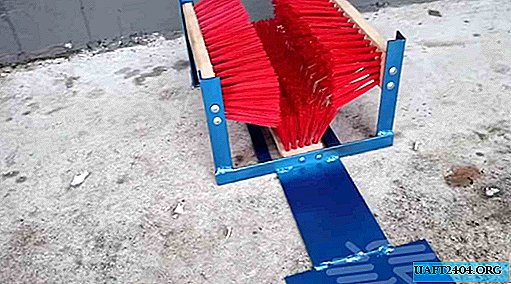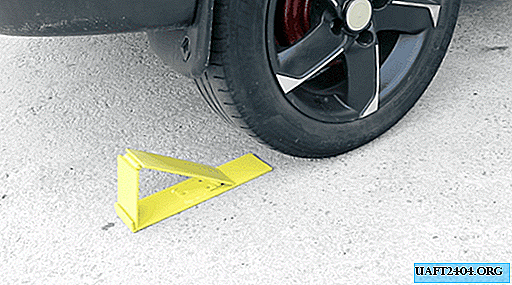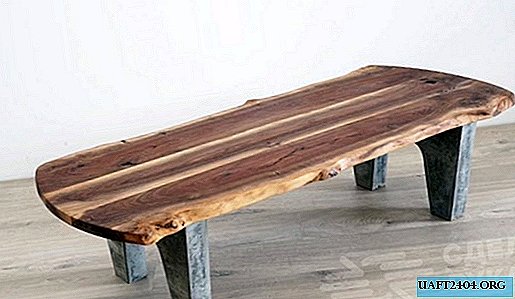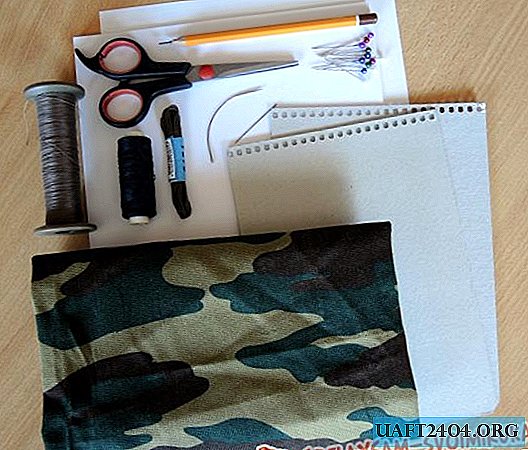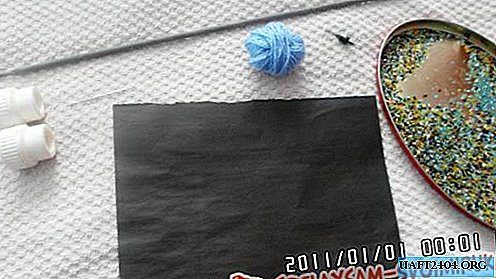Share
Pin
Tweet
Send
Share
Send
Who are the flies and how to deal with them?
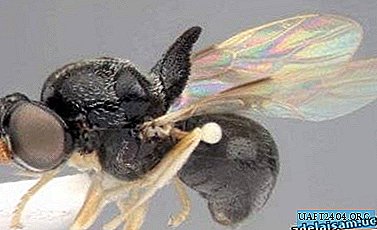
I think everyone knows these annoying insects. And we all (or almost all) know how to deal with them, this is attaching to the window panes (in the extreme case of tulle), hanging sticky tapes from flies and this is enough. The main thing is not to allow the possibility of leaving open doors and windows. But if nevertheless flies are already at your place, you can advise some ways to remove them.
In nature, there are many different species of flies. However, indoor flies are most common. In rotting garbage, in rotten vegetables, in garbage, the fly lays up to 100 eggs at a time, of which larvae emerge in a few hours. After a few days, the larvae pupate, and then flies appear from them. All this takes about six days. The average life span of a fly is 35–40 days.
The flies at the base of each foot have a hairy, sticky pad that allows the insect to move freely along smooth walls and ceilings. On these sticky pads (as, indeed, on other parts of the body), the fly carries a huge number of microorganisms. On one fly you can find several million different microbes, including pathogens. Flies can carry pathogens of such dangerous diseases as dysentery, anthrax, cholera, tuberculosis, and typhoid fever.
The first and main condition for fighting flies is cleanliness. If the rooms and the kitchen are clean, the floors are swept, there are no crumbs and food debris on the table - flies are rare guests.
In order to drive flies out of the room, it is recommended that the windows be tightly curtained for 10-15 minutes. Then quickly open the window, leaving all other parts of the window darkened. Flies will head into the light and fly out of the room.
It is noticed that flies are afraid of drafts, therefore it is necessary to ventilate the room more often. If flies enter the room from the street, the window should be tightened with a net.
In summer, when washing windows and floors, you need to add a little kerosene to the water.
Poisonous mixture of flies:

1) take 1 g of saccharin and 10 g of honey in a glass of water. Soak the paper with this composition and dry. When using, put paper in a plate and moisten with water,
2) take 40 g of sugar in half a glass of milk and add 40 g of black pepper powder. Soak the paper with this mixture
3) make a mixture of 1 tablespoon formalin, 5 tablespoons of sweet water and 3 tablespoons of milk. Pour the mixture into plates and put a piece of bread in the middle,
4) To dilute DDT or hexochloran powder with water, and to wipe the resulting liquid with the walls and windows of rooms, latrines, garbage bins. DDT treatment is valid for up to 3 months, and hexochloran is slightly less.
It is recommended to alternate both drugs, otherwise the body of the fly adapts and the poisons do not act on the new brood.
Indoor flies fear the smell of tansy; if this plant is placed in the room, the flies will fly away.
You can also get rid of insects in homes with carnivorous plants. Plants that catch insects do not require special care. Particularly effective as fly hunters are the sundew, papaver and venus flytrap. Anyone who is afraid of toxic chemicals and considers Velcro to be “unaesthetic” can try to get rid of uninvited guests in his house by placing pots with hunting plants on the windowsill.
Velcro from flies.

Adhesive tape for the destruction of flies can be prepared by yourself. To do this, 30 g of rosin and 20 g of castor oil are placed in an iron jar, the jar is placed in hot water and heated until the contents melt. A little honey or jam is added to the resulting mass, and then smeared with a brush on thick paper.
Here are some more sticky recipes:
1. 200 g of rosin, 50 g of turpentine, 100 g of castor oil, 50 g of sugar syrup or molasses;
2. 300 g of rosin, 200 g of linseed oil, 60 g of honey;
3. 300 g of pine resin, 150 g of linseed oil, 10 g of wax, 50 g of honey or sugar syrup;
4. 400 rosins, 100 g of crude honey, 200 g of castor, machine or petroleum jelly oil, 40 g of glycerin.
All these mixtures are prepared according to a single principle: in a water bath, melt the resin or rosin, add other components and apply it hot on paper.
Share
Pin
Tweet
Send
Share
Send

